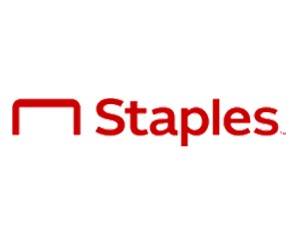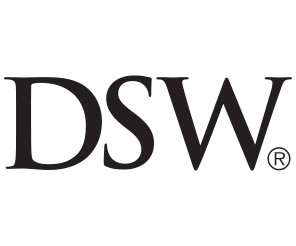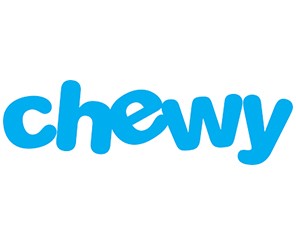US Markets Loading...
h
m
s
Buyers have an advantage in these 10 cities, where sellers are slashing listing prices the most
In many Florida and Texas metros, home sellers are cutting prices to attract buyers with plentiful options, thanks to a surplus of housing inventory.
The US economy is already in a recession, and it's following the same path as China by becoming reliant on debt, veteran forecaster says
Rising layoffs and sluggish job growth are major signs the economy is already in a hard landing, one top forecaster says.
Why so many men in the US have stopped working
Men aren't working at the same rate they did in decades past. We asked two economists to help us figure out why.
The wild-looking Russian 'turtle tanks' that keep showing up may not be as crazy as they seem
There are indications that these odd vehicles may be able to take more of a beating on the battlefield than others.
Video
New Episodes This Week
Anne Hathaway's plan was to stop drinking until her kids were grown up. Now, she says she's over 5 years sober.
A CDC report found that the loss in productivity due to hangovers cost the economy almost $90 billion in 2010.
Martin Freeman says it's unfair there's so much backlash to his age-gap movie with Jenna Ortega, who is 31 years younger
"Miller's Girl" sees Freeman, 52, play a high school teacher who has a relationship with his student, played by the 21-year-old Jenna Ortega.
How rich are we? The wealthy families who don't prepare their heirs
Young heirs can look up their parents' mansions on Zillow. And yet, many uber-rich families try to hide their family fortune, according to JPMorgan.
The cancer-stricken winner of the $1.3 billion Powerball jackpot in Oregon will get a $422 million lump-sum after taxes and says he'll keep playing the lottery
Cheng Saephan, 46, is a Laos-born immigrant battling cancer who won the Powerball jackpot. He says he can now find the right doctor to treat him.





